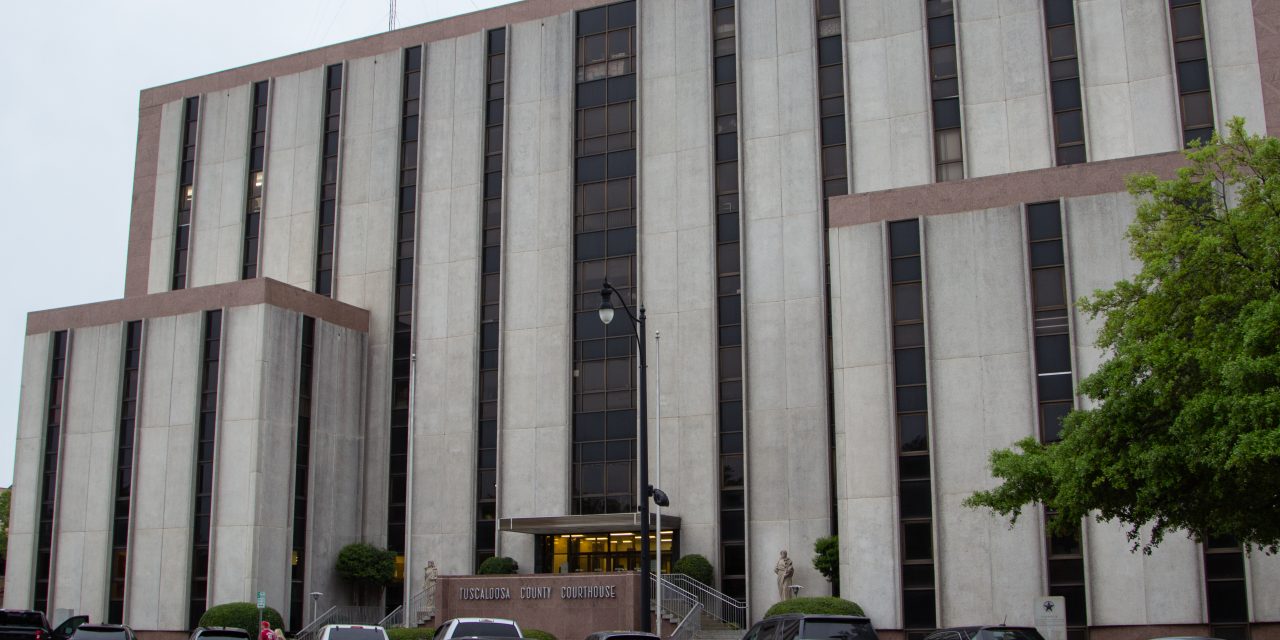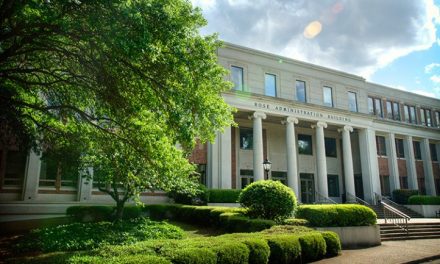The Tuscaloosa Civil Rights Trail was created in 2019 to bring greater awareness to the role Tuscaloosa has played in Civil Rights history in the past couple centuries. Created by the Tuscaloosa Civil Rights History & Reconciliation Foundation, the trail seeks to engage with the dark times of the past and celebrate the bright spots of the past and present, with hope for a better future. Stops include terrible moments in the history of Tuscaloosa, such as the Alston Building, which was home to the office of the Imperial Wizard of the United Klans of America, as well as celebrations of the culture of African Americans, such as the Dinah Washington Cultural Arts Center. For more information on the Tuscaloosa Civil Rights Trail, visit civilrightstuscaloosa.org.
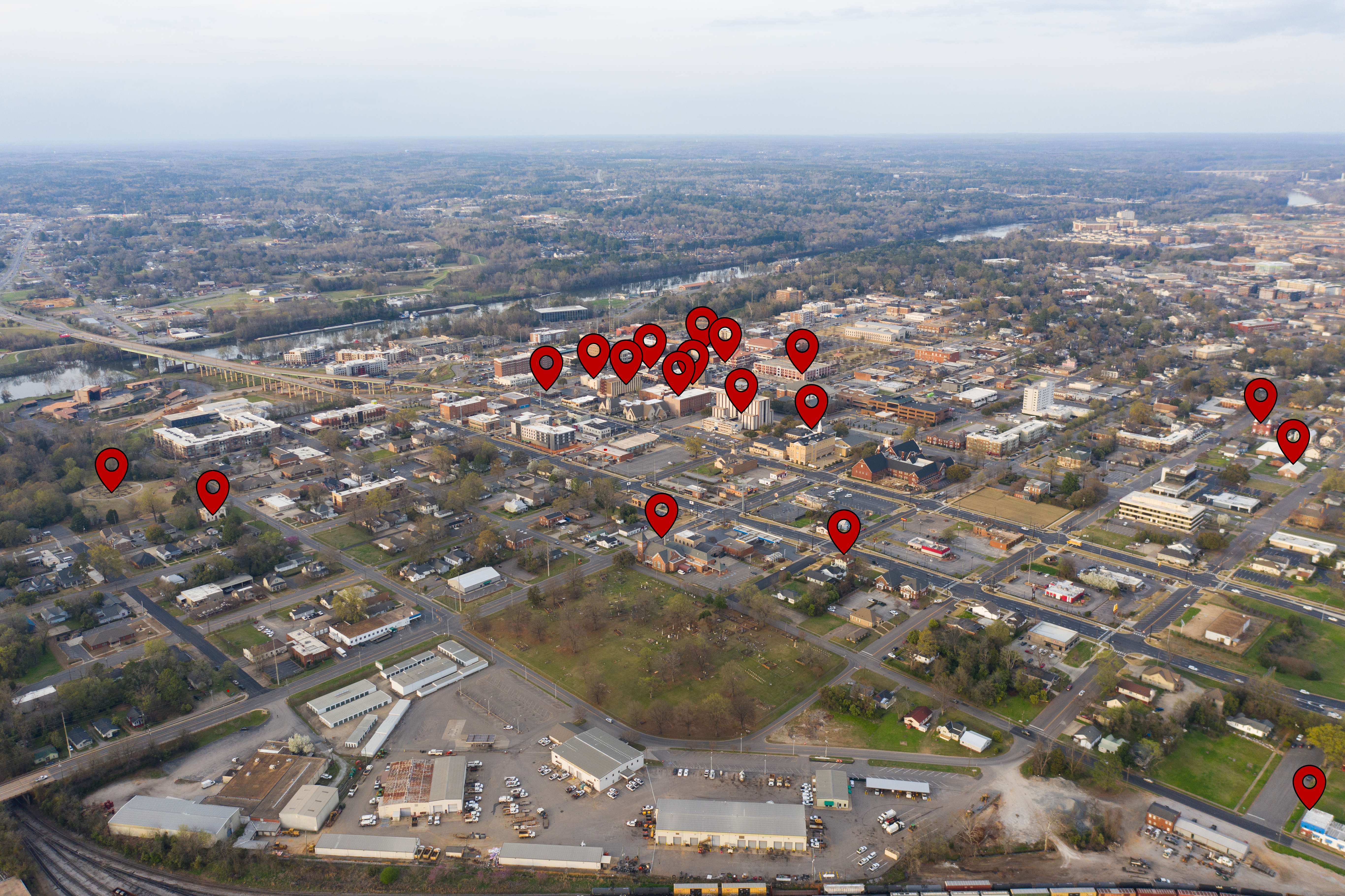
A map of the stops on the Tuscaloosa Civil Rights Trail in downtown Tuscaloosa, AL, Mar. 13, 2021.
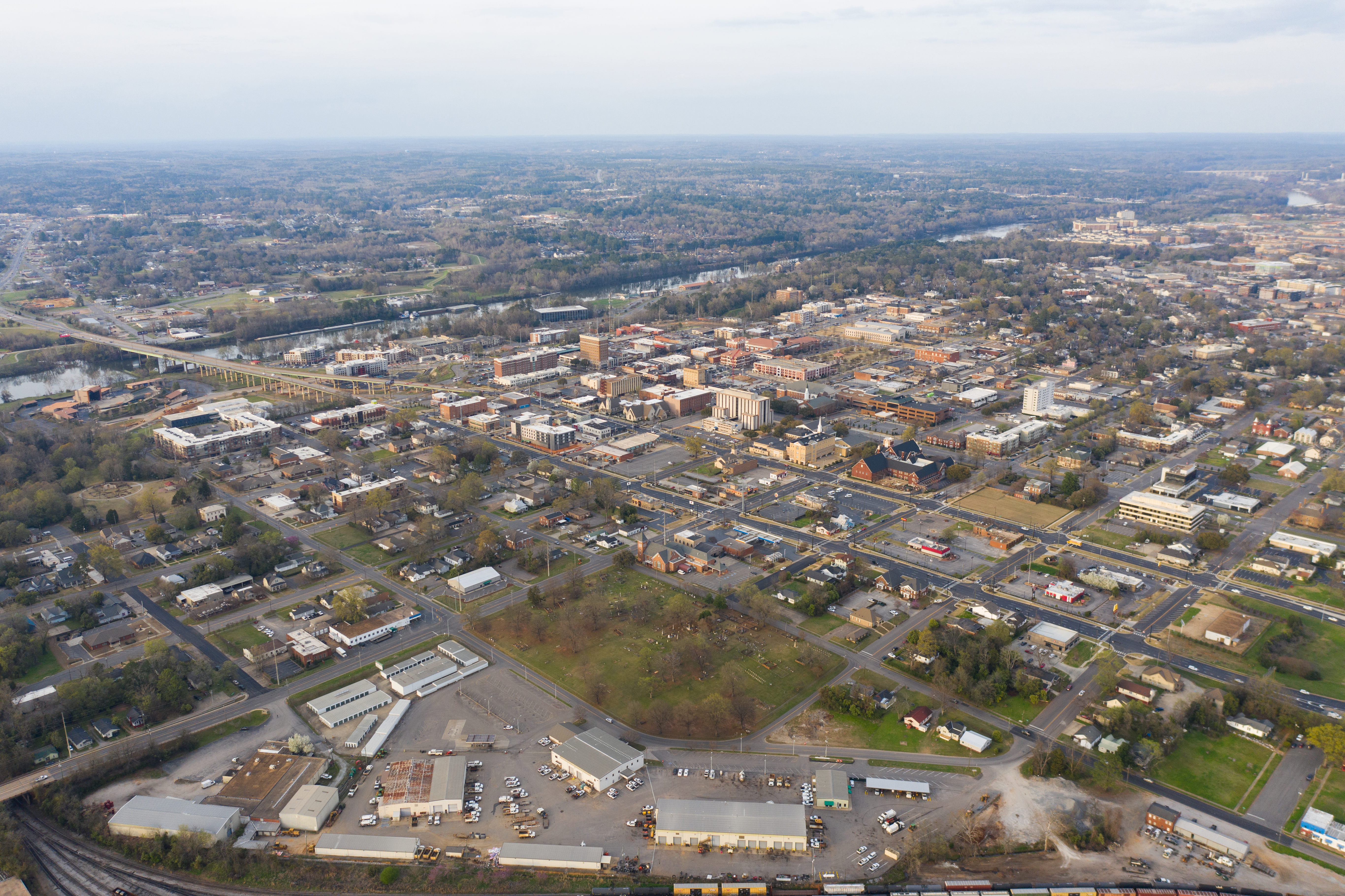
The area of downtown Tuscaloosa, AL surrounding the Tuscaloosa Civil Rights Trail, Mar. 13, 2021.
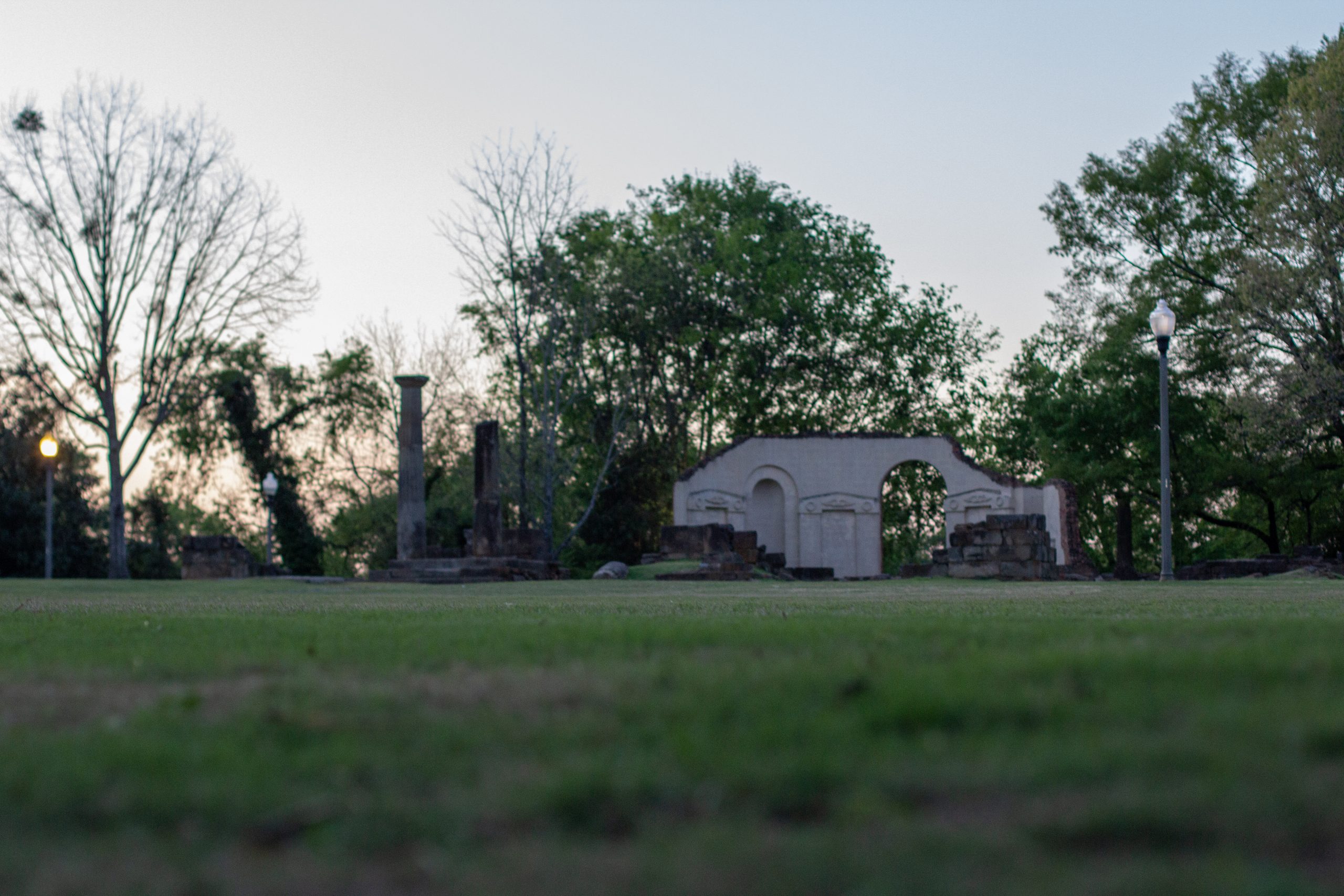
Capitol Park, the first stop on the Tuscaloosa Civil Rights Trail, and former home to the Alabama State Capitol, where many laws were passed that restricted African-American freedom, Tuscaloosa, AL, Apr. 6, 2021.
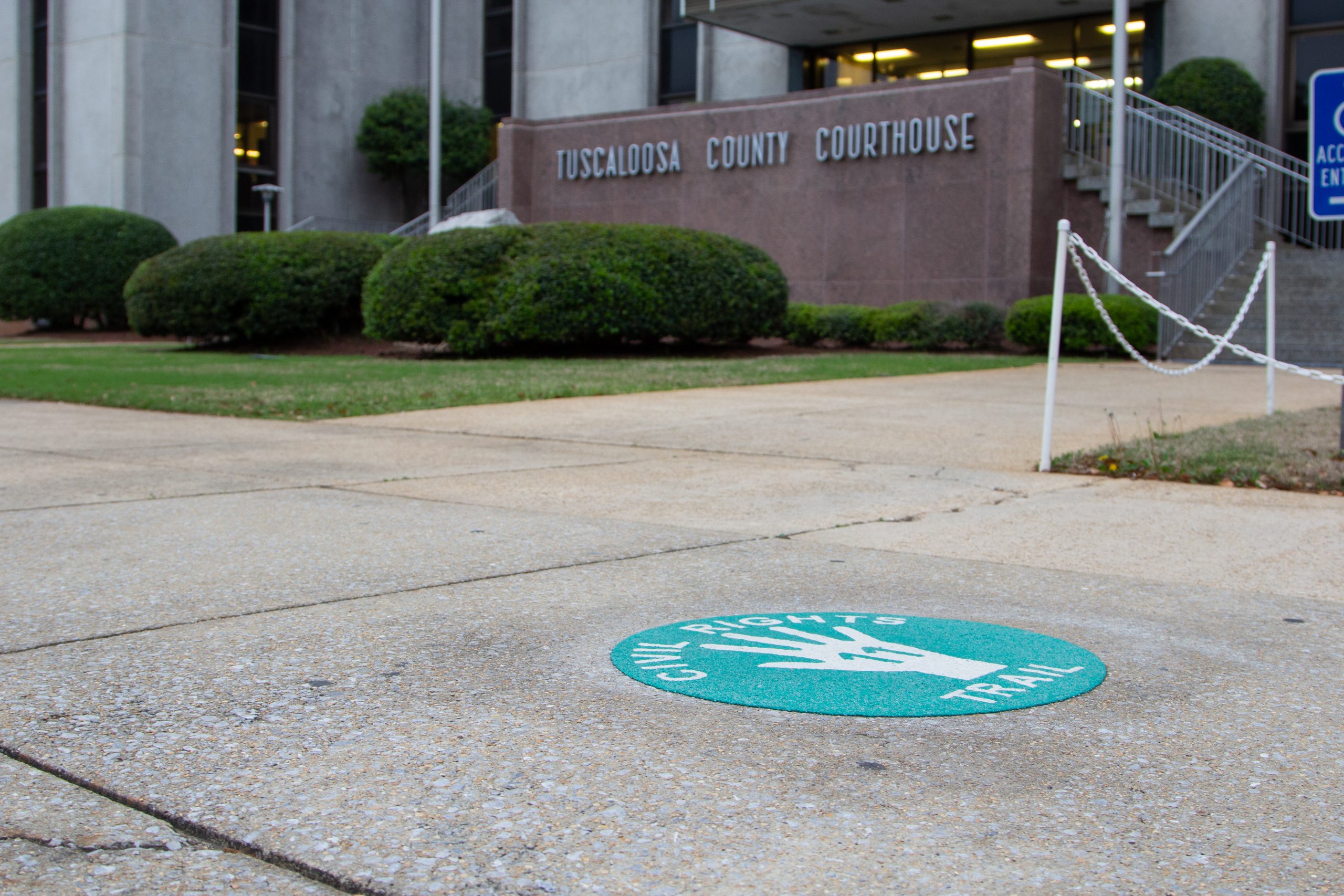
The Tuscaloosa County Courthouse promised to be integrated when it was built, but Gov. George Wallace forced it to remain segregated at its dedication, Tuscaloosa, AL, Apr. 16, 2021.

The Dinah Washington Cultural Arts Center, named in honor of a famous Jazz singer from Tuscaloosa, Tuscaloosa, AL, Apr. 16, 2021.
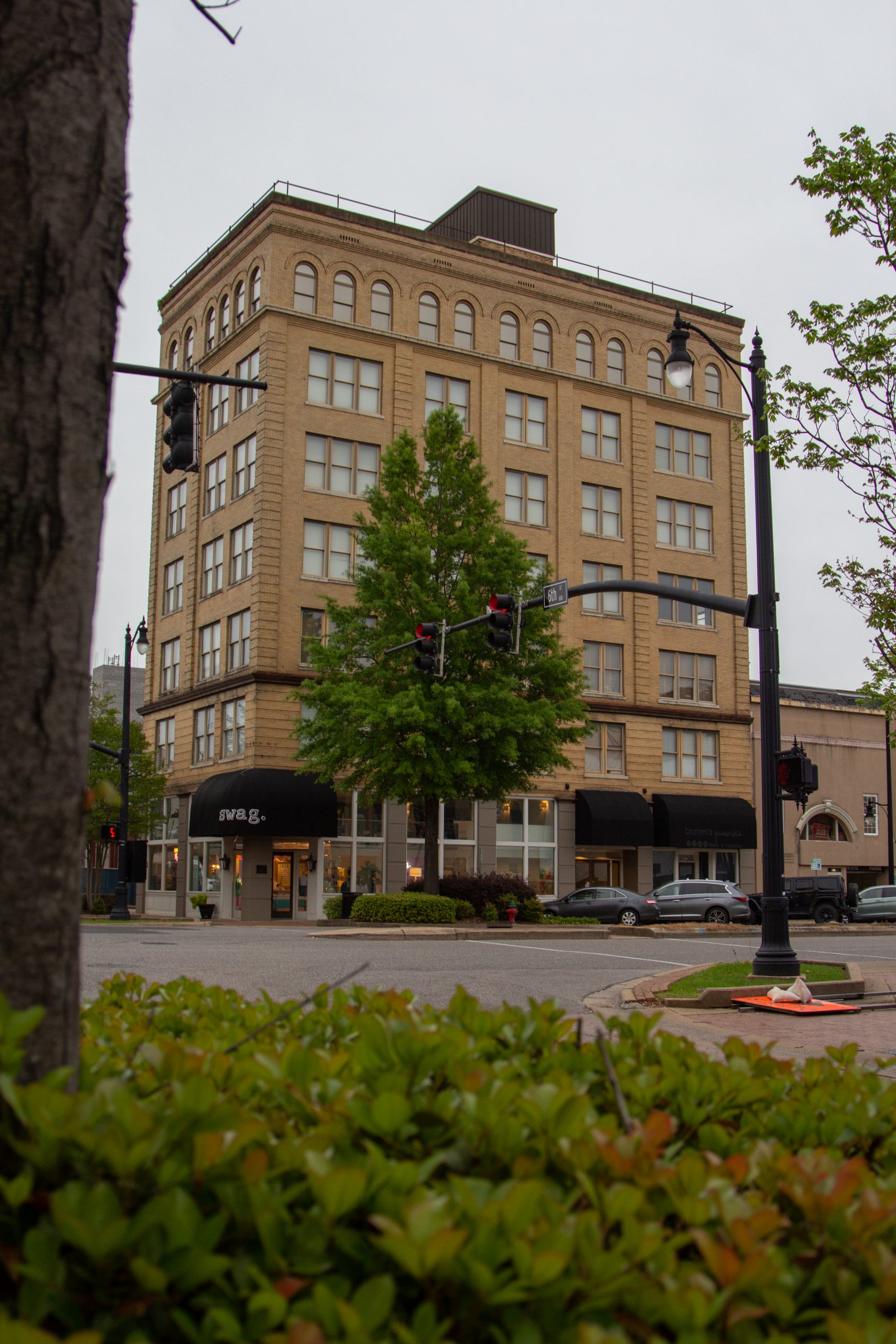
Home to the office of the Imperial Wizard of the United Klans of America, Robert Shelton, the Alston Building is on the National Register of Historic Places for its dark history, Tuscaloosa, AL, Apr. 16, 2021.
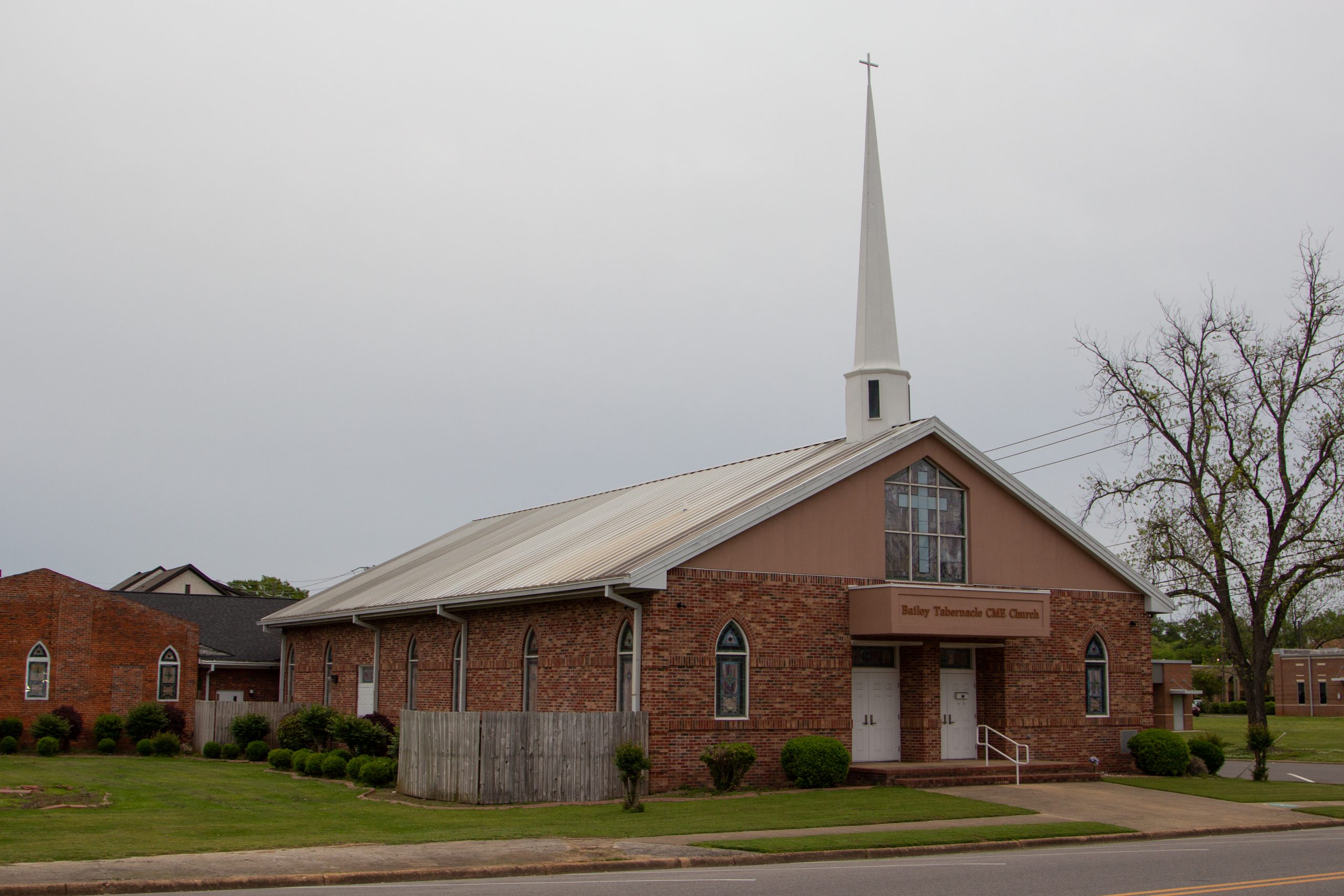
The Bailey Tabernacle CME Church was a community meeting place for African-Americans and played a crucial role in the Civil Rights Movement following the events of Bloody Tuesday, Tuscaloosa, AL, Apr. 16, 2021.

